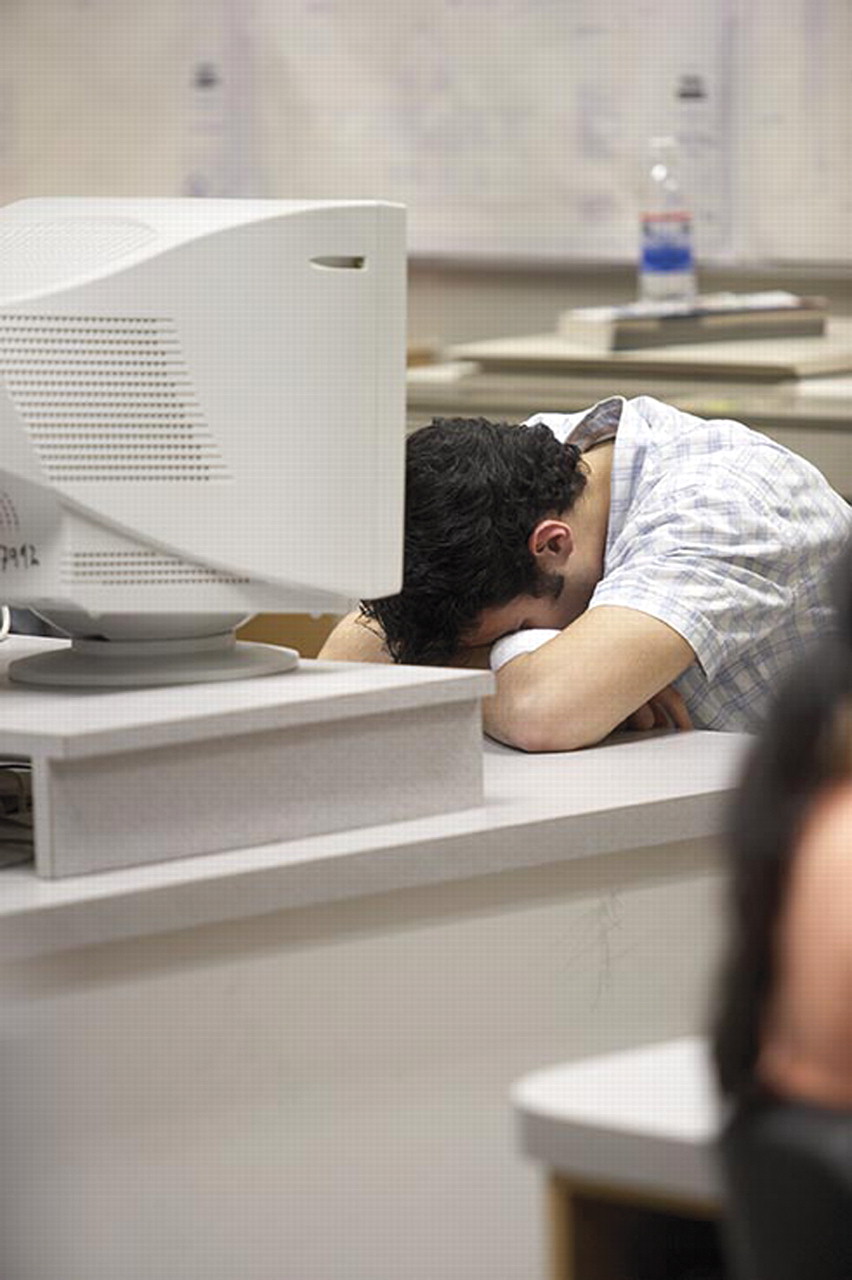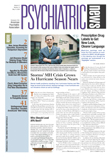Six in 10 American students in grades 9 to 12 average less than eight hours of sleep on school nights, according to the National Sleep Foundation 2006 Sleep in America poll, released in March. Research shows most adolescents need at least nine hours of sleep to feel and function at their best.
“Poll data confirm and extend what we've learned about adolescent sleep patterns and problems over the past few decades,” said Mary Carskadon, Ph.D., poll task force chair. She directs the E.P. Bradley Hospital sleep and chronobiology research laboratory at Brown University.
Polltakers surveyed by telephone a randomly selected sample of the U.S. population: 1,602 adult caregivers of teenagers, and, separately, their children aged 11 to 17 in grades 6 to 12. The combined adult/child interviews took about 25 minutes and were conducted between September 19, 2005, and November 29, 2005. The poll has a margin of error of 2.4 percentage points.
Carskadon's summer sleep camp studies in the 1970s show pubertal changes prompt an increased need for sleep. She later found a delay in the timing of the body's biological clock also kicks in at puberty, shifting adolescents' physiological readiness for sleep to 11 p.m. or later.
As students get older, homework, extracurricular activities, jobs, and socializing push bedtimes even later. “Many teenagers' bedrooms are a technological playground, with access to a radio, television, telephone, computer, and the Internet,” Carskadon said. The poll found 97 percent of adolescents have at least one electronic item in their bedroom. Sixth graders usually have two; 12th graders have four. Those with four or more items reported about 30 minutes less sleep than those with fewer devices.
“Talking with friends and instant messaging keep adolescents from feeling tired in the evening,” Carskadon noted. “But they must get up around 6:30 a.m. to get ready for school.” Most high schools in the U.S. open slightly before 8 a.m., and most middle schools open slightly after 8 a.m., too early for most teens, Carskadon maintained.
At least once a week, 1 in 4 students in grades 9 to 12 dozes in class, and 1 in 7 oversleeps and arrives at school late or misses school. Among those who drive, 51 percent admit driving while drowsy in the past year, and 15 percent report fighting sleepiness while driving at least once a week.
Sixth graders average 8.4 hours of sleep on school nights, and students in grade 12, only 6.9 hours. Taking naps and sleeping longer on weekends disrupts body clocks and does not adequately replace lost sleep, Carskadon said.
While only 9 percent of high school students get the optimal nine hours of sleep on school nights, 80 percent of these students report getting As and Bs. Less than half of those who average eight hours or less report such high grades.
Using a validated instrument for depressive mood in adolescents, researchers asked adolescents how often different mood states had bothered or troubled them “much,” “somewhat,” or “not at all” in the past two weeks.
In every instance, students in grades 9 to 12 reported greater mood disturbance than those in grades 6 to 8. Nearly two-thirds of high school students reported being bothered “much” or “somewhat” by worrying too much about things, and/or being stressed out or anxious in the previous two weeks. One-half similarly endorsed feeling nervous or tense; 4 in 10, feeling unhappy, sad, or depressed; and 1 in 4, feeling hopeless about the future.
Students with the highest depressive mood scores were more likely than those with lower scores to report getting less than eight hours sleep, having trouble falling and staying asleep, and feeling sleepy in the daytime. They also were more apt to report trouble getting along with their family, feeling cranky and irritable, feeling too tired to exercise, and consuming two or more caffeinated beverages each day. The poll did not ask about alcohol or drug use.
Poll findings hold implications for psychiatric practice, said Jodi Mindell, Ph.D., co-chair of the NSF task force. “Any time an adolescent is being evaluated for depression, sleep should be in the equation,” said Mindell, a professor of psychology at St. Joseph's University and associate director of the sleep center at the Children's Hospital of Philadelphia.
“Improving sleep with basic sleep hygiene often substantially benefits mood,” she said. “That means forgo caffeine after lunch, take television and computers out of the bedroom, and regularize sleep schedules.”
The 1,271 members of the American Academy of Child and Adolescent Psychiatry who responded to a survey by Mindell and colleagues said insomnia was a major problem in 32 percent of their adolescent patients. More than half said they used a prescription or nonprescription medication to manage insomnia at least half or more of the time when treating primary insomnia; depression; bipolar, anxiety, and posttraumatic stress disorders; delayed sleep phase; and attention-deficit/hyperactivity disorder.
A paper on these findings is in preparation. More information on the adolescent sleep poll is posted at<www.sleepfoundation.org/hottopics/index.php?secid=18>.▪

